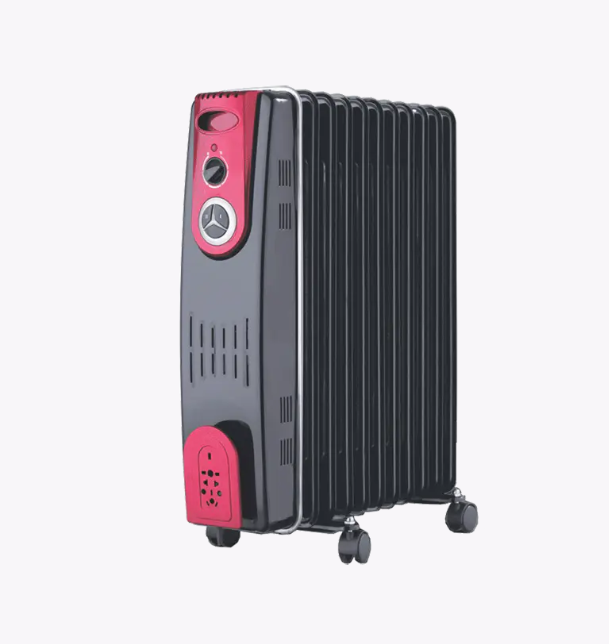Oil heater, often called oil-stuffed radiators, are depended on allies when it comes to warming up dwelling spaces correctly and quietly. These devices rely upon a essential idea of warmth transfer via convection, providing a reliable answer for maintaining a cozy ecosystem. Let's discover the internal workings of oil warmers and how they excel at maintaining you heat:
1. The Heart of Heat:
At the middle of an oil heater lies a heating detail, usually composed of long lasting metals. When the heater is activated, this element springs into motion, converting electric energy into heat.
2. Liquid Heat Reservoir:
Encompassing the heating element is a sealed reservoir full of a specialized oil, often diathermic oil. This oil serves a twin purpose, performing as a warmth reservoir and an brilliant thermal conductor. It is renowned for its exquisite warmth retention capabilities.
3. Maximizing Surface Area:
Many oil warmers feature radiator fins or columns that amplify from the heating detail. These fins extensively increase the heater's surface place, which is vital for optimizing warmth switch from the heating element to the surrounding oil.
4. The Dance of Convection:
As the heating detail warms up, it imparts its warmth to the encompassing oil. Hot oil, being less dense, rises to the pinnacle of the heater, at the same time as cooler oil descends to the lowest. This initiates a non-stop convection cycle within the heater.
Five. Radiating Warmth:
The heated oil within the radiator emits warmth in all directions. This radiant warmth is comparable to the comforting sensation of sunshine on a crisp day, lightly warming up nearby objects and surfaces.
6. Convection at Play:
The number one mode of operation for oil warmers is convection. As warm oil ascends to the higher sections, it effectively transfers its warmth to the radiator fins. These fins, in flip, heat the encircling air inside the room. The warmed air will become much less dense and obviously rises, setting up an upward flow of cozy, heated air.
7. Air Exchange:
As the warm air ascends, cooler air is drawn into the decrease part of the heater to take its location. This constant cycle ensures a regular move of warm air at some stage in the room.
8. Precision Comfort:
Modern oil warmers are ready with thermostats, granting you control over the favored room temperature. Once the room reaches the preset warm temperature degree, the heater cycles on and rancid intelligently to maintain your comfort whilst protecting strength.
Nine. The Serenity of Silence:
One of the special features of oil warmers is their near-silent operation. These devices lack enthusiasts or blowers, preserving a peaceful and undisturbed environment in your private home.
10. Safety First:
Safety functions are imperative to the design of oil warmers. Common safeguards consist of tip-over switches and overheat safety, ensuring your peace of mind and stable operation.

